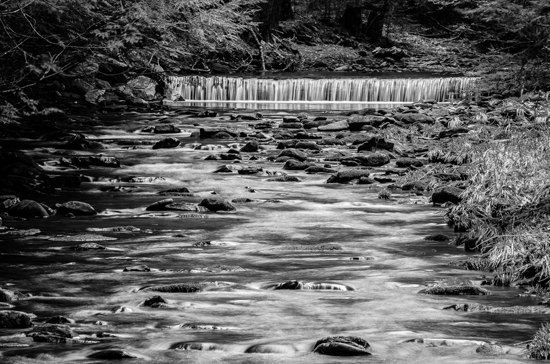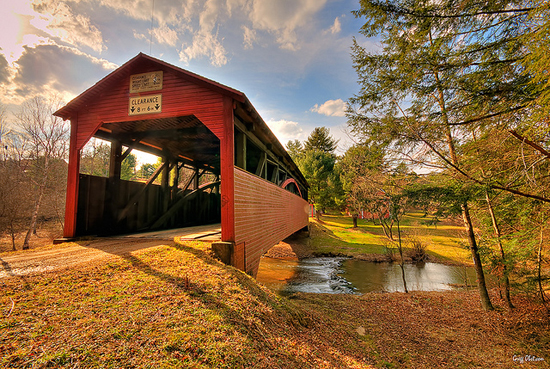Tributary Tuesday: Larrys Creek (Lycoming County, Pa.)
Larrys Creek is rather remote, but its watershed offers 9,000 acres of fishing and hunting areas.
By the 1760s, the Chesapeake Bay watershed’s first settlers were pushing farther west; they negotiated new lands and redrew the lines between European and Native American territories. But when surveyors visited one of the newly acquired regions – Lycoming County, Pennsylvania – they met a European settler named Larry Burt. Disregarding the “territories” concept, Larry had lived in the area for several years, trading with the Native Americans and marrying a Native American woman. The stream became known “Larrys Creek,” and is the only creek in the county whose Native American name remains unknown.

(Image courtesy AWCattani/Flickr)
For the next few years, this 23-mile-long tributary to the West Branch of the Susquehanna River would become a disputed border between colonial and Native American lands. Settlers living in the area were considered “Fair Play Men.” These residents were not governed or protected by the colonial government of Pennsylvania, and even made their own Declaration of Independence.
The first fork of Larrys Creek begins in northern Lycoming County in Cogan House Township, just south of a stretch of Appalachian Mountains known as Steam Valley.
Flowing southwest, the creek runs through the village of Cogan House and under the Cogan House Covered Bridge. The oldest of Lycoming County’s three covered bridges, the Cogan House Covered Bridge has survived massive floods and storms since its construction in 1877.

(Image courtesy Gregg Obst/Flickr)
Larrys Creek then winds through Pennsylvania State Game Lands Number 114, where a rough trail follows the stream for a few miles. It meets the second (westernmost) fork of Larrys Creek at Salladasburg, and flows south into the mouth of the Susquehanna River at the town of Larrys Creek.
If you travel to Larrys Creek today, you may find it to be a rather remote destination. But just over a hundred years ago, the creek and its watershed were home to 53 sawmills, making Larrys Creek a bustling industrial center. A 1903 newspaper article claimed, “No other stream in the country had so many mills in so small a territory.” As a result, much of the land was clear cut and virtually devoid of forests.
Today, more than 80 percent of the watershed is forested and nearly 9,000 acres of second-growth forest are protected for hunting and trout fishing.
More from Larrys Creek:
- Camping, hiking, and trout fishing is popular in many areas of the nearby Tiadaghton State Forest and State Game Lands Number 114
- Fast-moving whitewater runs make for excellent canoeing opportunities
- Nearby Little Pine State Park offers opportunities for hiking, swimming and picnicking

Comments
There are no comments.
Thank you!
Your comment has been received. Before it can be published, the comment will be reviewed by our team to ensure it adheres with our rules of engagement.
Back to recent stories